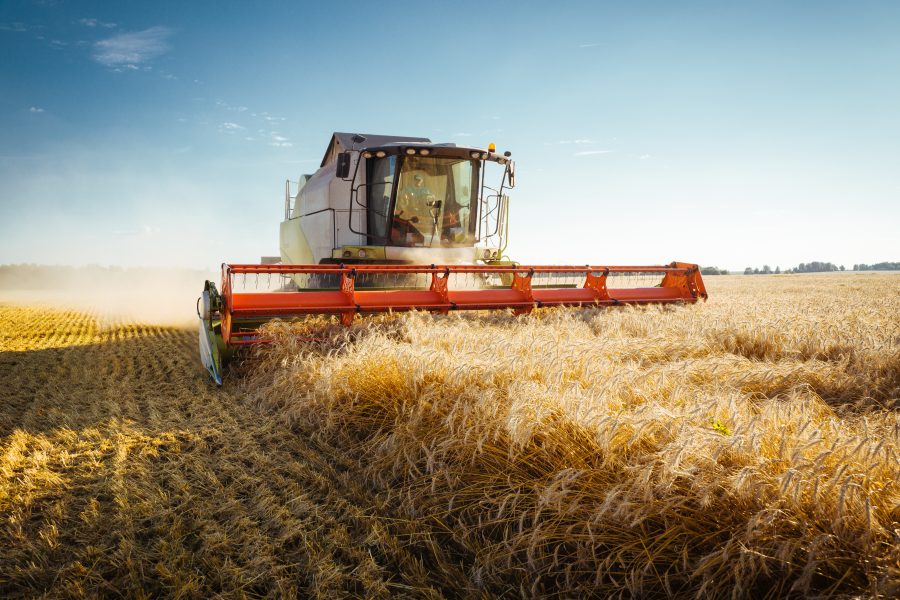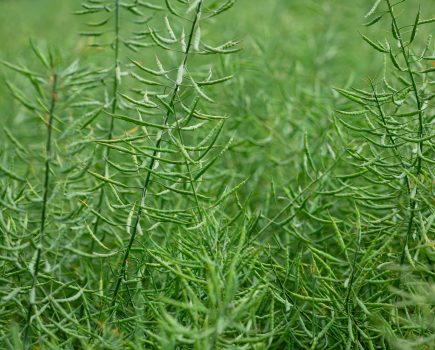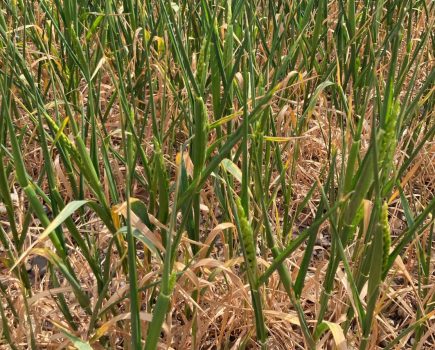Growers are being urged to take advantage of soil conditioners to maximise organic matter use, optimise seed bed quality and secure crop establishment.
With harvest wrapping up across the country, David Newton, technical product manager at Timac Agro UK, encourages farmers to turn their focus to autumn nutrition, by prioritising readily available organic matter.
He said: “One quick and easy way to maximise existing organic matter, is to make use of crop residues, making sure the initial decomposition is as quick and complete as possible”.
“Crop residues provide a fantastic source of nutrients to our soils and help maintain their structure, adding to organic matter reserves at the same time as releasing valuable nutrients.
“As the fresh organic matter breaks down, it releases key elements, such as nitrogen, phosphorus (P), and potassium (K), as well as valuable micronutrients.
“However, straw has a naturally high carbon to nitrogen (C-N) ratio, which requires microbial decomposers to secure an extra supply of nitrogen (N) to break down in the first place, at the expense of following crops.”
Mr Newton suggested integrating a soil conditioner into nutritional plans to aid the breakdown of the organic material and speed up mineralisation, to really maximise its benefits.
Mineralisation converts essential nutrients, such as nitrogen, phosphorus and potassium from complex organic forms into inorganic minerals that the plant can absorb.
“Traditionally, you’d have to apply around 30-35 kg/ha of nitrogen to stubbles to overcome N-deficit caused by breaking down highly fibrous material,” he said.
Explaining that autumn nitrogen application is prohibited on most stubbles, with the exception certain ncrops such as oilseed rape, this microbial boost needs to be sourced elsewhere.
“In soils with a good level of organic matter, or where high C-N ratio material is present, such as straw, sawdust or woodchip, a soil conditioner will help to reduce the nitrogen deficit,” he added.
“I recommend our seaweed-based soil conditioner, Humistart+. Its microbial feed and yeast extracts along with marine calcium, support the rapid breakdown of organic matter without any need for added nitrogen.”
“It helps mineralise nitrogen already in the soil, making it available for the following crop, while making P more soluble to stimulate early root growth once the next crop is in the ground,” he said.
“In trials, we’ve seen situations where nitrogen use can be reduced by over 50kg per hectare when using Humistart+, in addition to the wider benefits of using a soil conditioner.”
Soil conditioners have the added benefit of improving soil structure for the following crop, while also being far more environmentally friendly than applying additional nitrogen.
On top of this, Mr Newton said that as organic matter breaks down, it fuels microbial activity which is vital for nutrient cycling, disease resilience and overall soil fertility.
For more like this, sign up for the FREE South East Farmer e-newsletter here and receive all the latest farming news, reviews and insight straight to your inbox.







